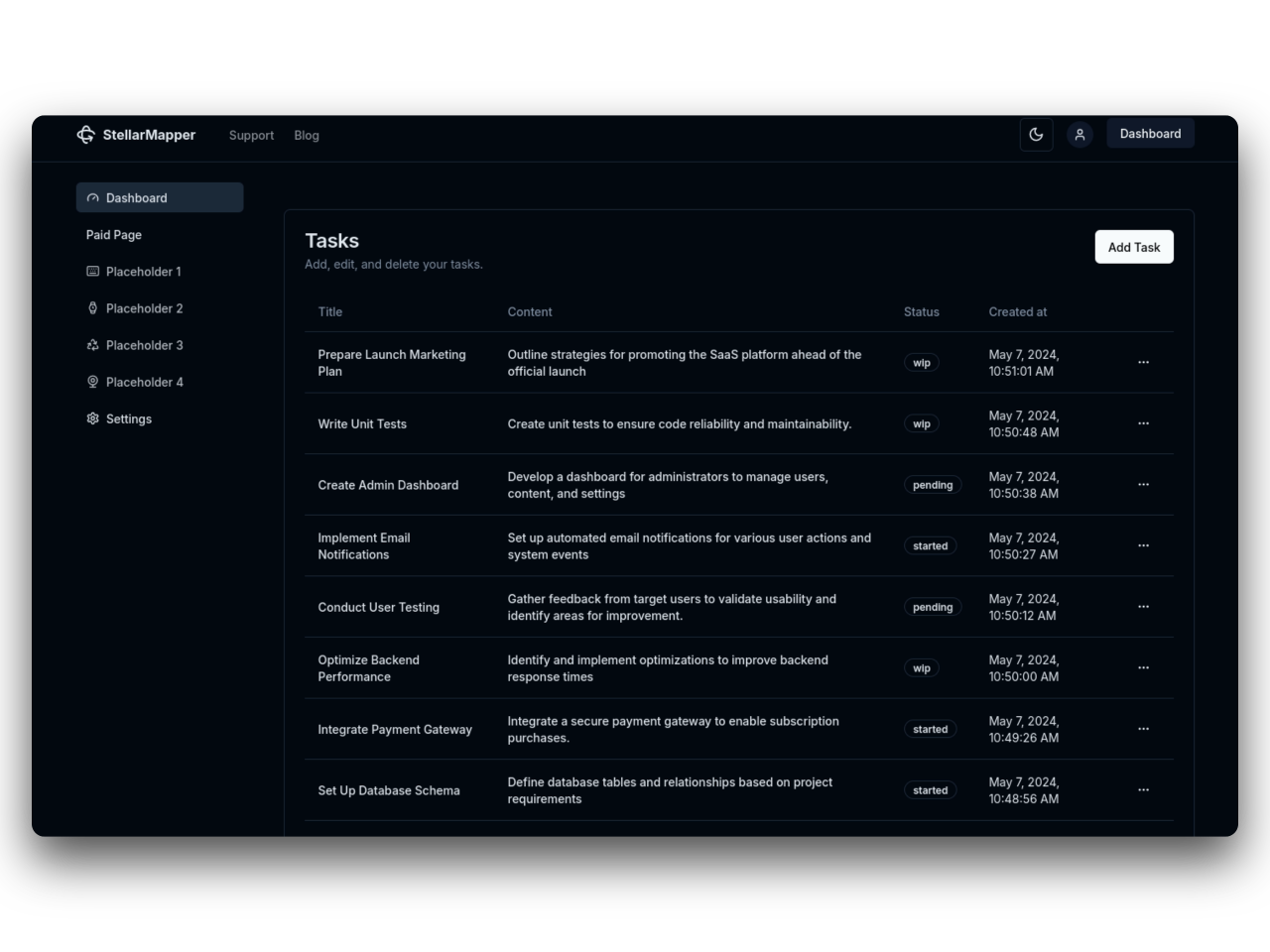The Importance of Continuous Feedback in SaaS Development
In the fast-paced world of Software as a Service (SaaS) development, rapid iterations and agile methodologies have become the norm. Central to the success of any SaaS product is the principle of continuous feedback – the practice of constantly gathering, analyzing, and implementing feedback from users and stakeholders. In this blog post, we will explore why continuous feedback is crucial for SaaS development, the benefits it brings, and strategies for effectively integrating feedback into your development process.
Understanding Continuous Feedback
Continuous feedback refers to an ongoing cycle of receiving insights and reactions from users and stakeholders regarding the software product. Unlike traditional feedback mechanisms, which may occur at predetermined milestones or after a major release, continuous feedback emphasizes real-time input and interaction. This agile approach allows teams to make data-driven decisions that enhance the product, ultimately aligning it more closely with user needs.
The Importance of Continuous Feedback
1. Enhancing User Experience
The primary goal of any SaaS product is to serve its users effectively. Continuous feedback mechanisms, such as user surveys, feedback forms, and in-app messaging, enable developers to understand user pain points and preferences better. By actively seeking input from users, teams can identify areas of improvement, prioritize feature requests, and ultimately enhance the overall user experience.
2. Rapid Iteration and Improvement
In the world of SaaS, market demands and customer needs are constantly evolving. Continuous feedback promotes a culture of rapid iteration, allowing teams to quickly respond to changing circumstances. By adopting an iterative approach, developers can implement small, incremental changes rather than waiting for a major overhaul. This keeps the product fresh, relevant, and competitive.
3. Risk Mitigation
Launching a new feature or updating your SaaS product without adequate feedback can lead to costly missteps. Continuous feedback acts as a safeguard against such risks. By regularly testing ideas and prototypes with users, developers can validate hypotheses before full-scale implementation. This approach reduces the chances of significant failures and ensures that the development process is guided by actual user needs rather than assumptions.
4. Building Customer Loyalty and Trust
When users feel their voices are heard and valued, it fosters a sense of community and loyalty. Continuous feedback allows customers to see that their opinions matter and that your team is committed to improving the product based on their insights. This not only enhances user satisfaction but also encourages ongoing engagement and retention.
5. Data-Driven Decision Making
Data is the new oil in today’s digital landscape. Continuous feedback allows teams to gather both qualitative and quantitative data about user behavior, preferences, and challenges. With this information, developers can make informed decisions about feature prioritization, UI/UX adjustments, and overall product roadmap. Relying on data rather than gut feelings minimizes biases and aligns development efforts with actual user demands.
6. Cultivating a Culture of Collaboration
By implementing continuous feedback loops, you encourage a collaborative culture within your development team. Developers, designers, product managers, and end-users can interact regularly, sharing insights and suggestions. This collaboration facilitates knowledge sharing and aligns everyone with the same goal – to create an exceptional product.
Strategies for Implementing Continuous Feedback
Now that we understand the importance of continuous feedback in SaaS development, let’s explore some effective strategies to integrate it into your workflow.
1. Use Real-Time Feedback Tools
Incorporate tools that facilitate real-time feedback from users. In-app messaging, feedback buttons, and user surveys can help you gather insights effortlessly. Platforms like Hotjar, UserVoice, or even simple Google Forms can offer a direct line of communication with your users.
2. Conduct Regular User Testing
User testing should be an integral part of your development process. Regularly engage with users to test new features and collect their feedback. This could involve A/B testing, focus groups, or usability testing sessions. The insights gained will be invaluable in refining your product.
3. Foster an Open Communication Channel
Create a culture of open communication where users can easily share their thoughts and experiences. Utilize social media, community forums, and user communities where customers can share feedback freely. This not only helps in gathering constructive criticism but also builds a sense of community around your product.
4. Prioritize and Act on Feedback
Collecting feedback is just the beginning; it’s crucial to prioritize and act on it. Establish a process for reviewing feedback, categorizing it, and integrating it into your product development cycle. Communicate back to users about how their feedback is influencing changes, reinforcing the value of their input.
5. Analyze Customer Support Interactions
Customer support interactions are a rich source of feedback. Ensure that your support team documents issues and suggestions from users. Analyzing this data can help identify patterns that inform product improvements.
6. Leverage Analytics and User Behavior Data
Incorporate analytics tools to monitor user behavior within your application. Understanding how users interact with your product can provide insights that direct development efforts. Tools like Google Analytics, Mixpanel, or Amplitude offer valuable data to align development with user needs.
Conclusion
Continuous feedback is a cornerstone of successful SaaS development. It enhances the user experience, fosters innovation, mitigates risks, and builds long-lasting customer relationships. By embracing a culture of open communication and regularly engaging with users, SaaS companies can ensure their products evolve in line with user expectations.
In a competitive landscape, where customer satisfaction can make or break a product, leveraging continuous feedback not only leads to better products but also nurtures a loyal customer base. As you navigate your SaaS development journey, remember: the insights from your users are the most valuable asset you have. Embrace them, implement them, and watch your product flourish.
